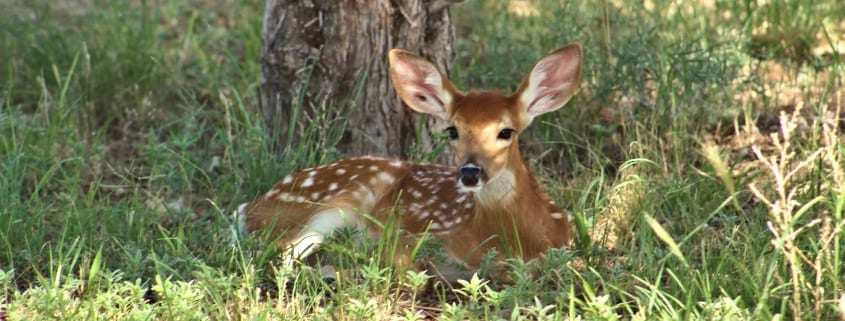So, Imagine You’re a White-tailed Deer
A few weeks back, I met up with friends after returning from filming in Colombia’s Sierra Nevada de Santa Marta mountains. Halfway up this mountain range — the tallest coastal range on Earth — is the El Dorado Bird Reserve. Rainforest Trust and our partner Fundación ProAves have worked on protecting this property for 15 years.
“How was it?” they asked. “Where were you exactly, again?”
I relayed where, exactly, I was. And from that one vantage point in the reserve I looked out onto rainforest, mountain-top glaciers and the Caribbean Sea at the same time. And there, from said point, I spotted the Santa Marta Woodstar, a hummingbird species endemic to the range.

The Santa Marta Woodstar, endemic to the Sierra Nevada de Santa Marta.
Meaning, I told them, that while looking at a hummingbird on a mountain, I saw land near the ocean where this hummingbird did not live. Because it only lives on that mountain.
“Cool, right?!”
“Very cool!” they said.
Unconvinced by their displays of awe and willing to hijack the conversation for at least another few seconds, I continued.
“I mean, I could look at a bird next to me, while at the same time spotting a plot of land where this bird species doesn’t live.”
For the hummingbird, the land by the ocean is, in the words of Frankie Valli, “so close, and yet, so far.”
One of my friends asked “Wait, why is that?”
You may now ask, “Why did his friends so clearly give him an outlet to begin some ecological pontification?”
Because they’re wonderful friends and they humor me.
I digress.
“So, imagine you’re a White-tailed Deer living in Rock Creek Park.” I said, gesturing toward the park a quarter-mile from our location.
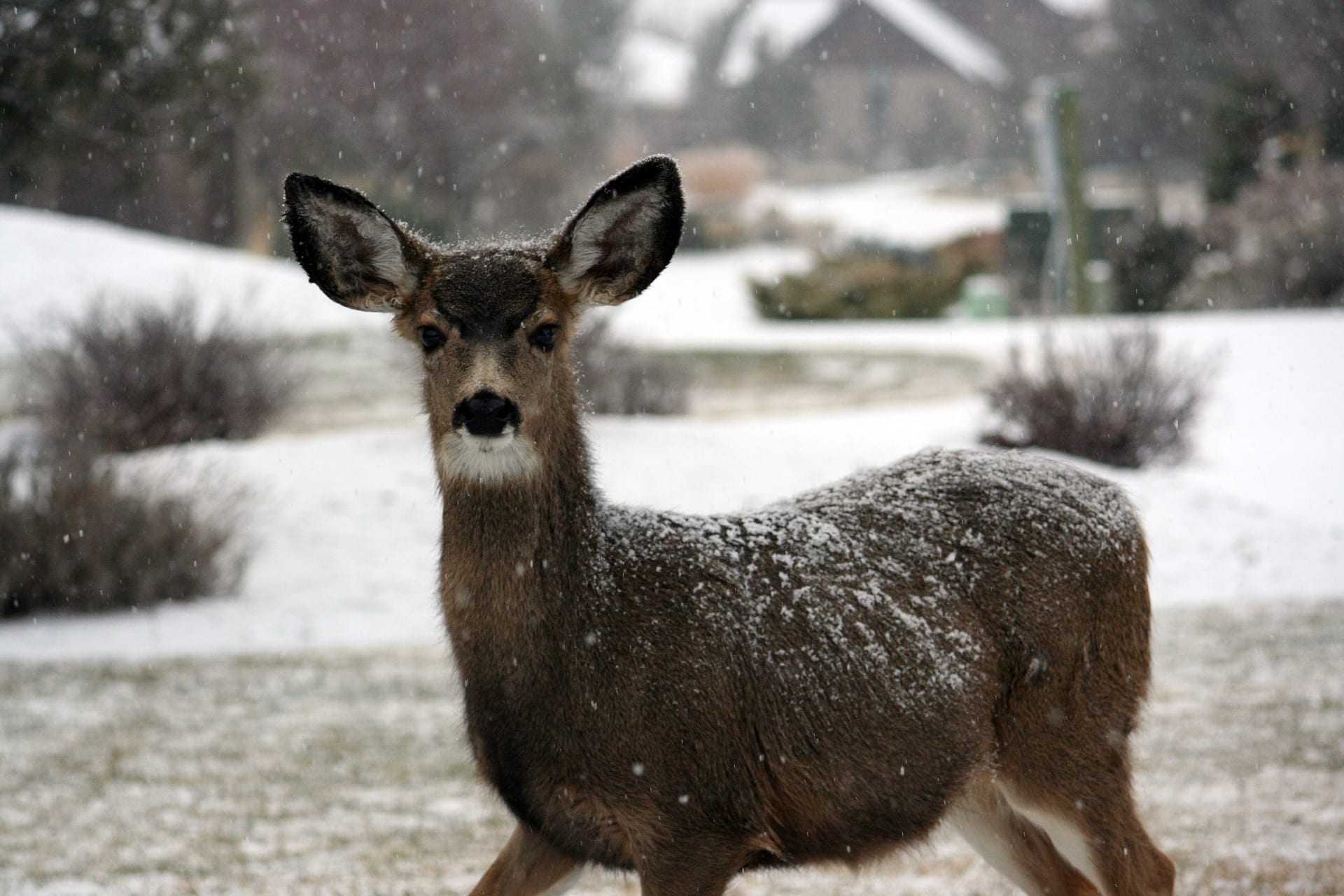
A White-tailed Deer in the snow, which it has adapted to withstand.
“In the course of a year, you might experience temperatures ranging from -10 to 100 Fahrenheit. So deer had to evolve to live in a wide temperature range to survive in this landscape.”
“But now imagine you’re a hummingbird in the lowland Amazon rainforest. Over the course of a year, you might only experience temperatures ranging from 75 to 90 Fahrenheit. So the species didn’t need to evolve to withstand many changes in temperature. Because the climate doesn’t change much season to season in the tropics.
“But the climate does change at one place in the tropics.”
I paused for dramatic effect.
“The mountains.”
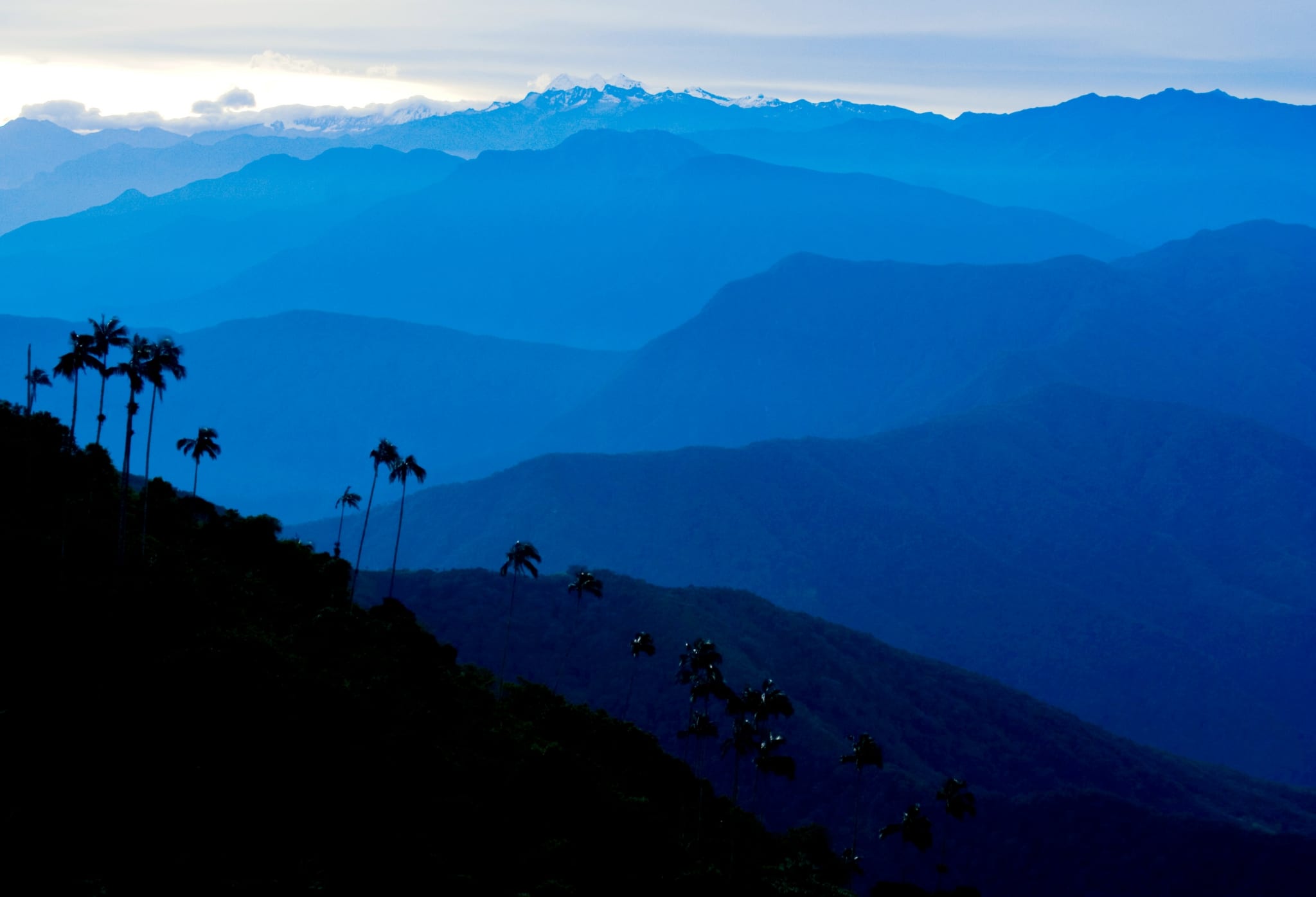
The Sierra Nevada de Santa Marta, viewed from El Dorado Bird Reserve. Photo courtesy of ProAves.
“As you go up a mountain, it’ll get colder, right? At 5,000 feet above sea level, a mountain right next to the Amazon rainforest might have a year-round temperature ranging from 60 to 70 Fahrenheit. Hence, those lowland rainforest hummingbird species won‘t spend time up there because they aren’t adapted to withstand even a small difference in climate.
“But now suppose some of those lowland rainforest hummingbirds make their way up the mountain, over the course of a few million years. They’ll adapt — over time — to the colder temperatures and spend time only up at high elevation because the offspring that will thrive and breed are more tolerant. Meaning they’ll also stop hanging out with the hummingbirds in the lowland. And after a while, those two groups of hummingbirds — the original lowland and the new mountainous groups — will diverge enough to become separate species.
“So now there’s a hummingbird species adapted to altitude. It won‘t want to fly to the lowland because it’s too hot. And now suppose the mountains are isolated from other mountains — only lowland areas surround them. The hummingbird species won’t travel anywhere off that mountain range because everywhere nearby is unsuitable habitat.
This theory first came to light in 1967 with a paper titled “Why Mountain Passes are Higher in the Tropics” by a scientist named Dan Janzen. Mountain passes aren’t actually higher in the tropics. But a deer in Rock Creek Park, living near sea level, could cross over the Appalachians with little problem. But a lowland tropical species probably can‘t overcome a similar elevational change. The species hasn’t adapted to withstand the temperature changes. So mountain passes are, as a metaphor, “higher” in the tropics when regarding species movement.
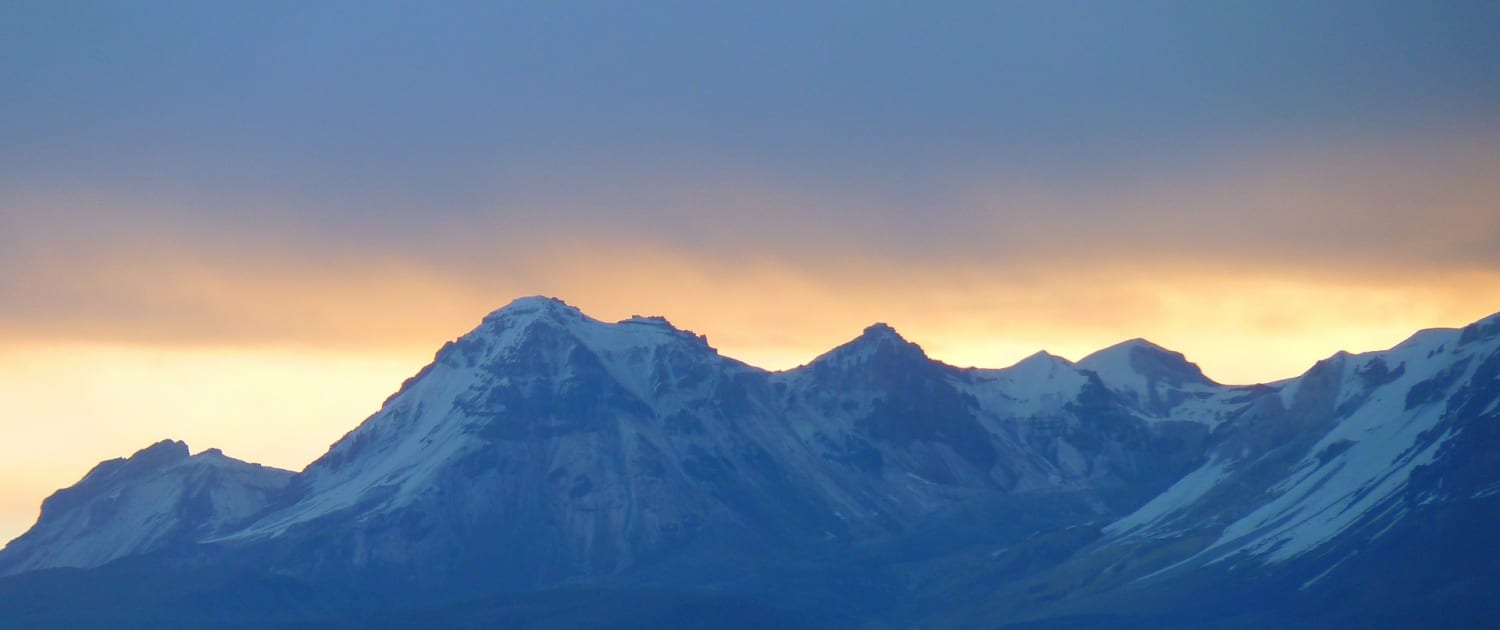
The Peruvian Andes, one of the world’s most prominent tropical mountain ranges.
Some of his hypothesis has changed in the past 50 years, but a lot still holds up. In fact, a paper published this past November still supported many of his ideas.
This theory is also part of the reason mountains in the tropics have some of the highest levels of endemism of any ecosystems on Earth. The tropics are already the most biodiverse region on the planet. And tropical species often need hyper-specific habitats because of a lack of seasonal change. So when you put an anomaly micro-location, such as a mountain, into the equation, you’ll get many species with hyper-specific habitat requirements that only live in one anomaly micro-location.
The Sierra Nevada de Santa Marta are not only the tallest coastal mountains in the world and the tallest mountains in Colombia, they’re also isolated. If you look at them on a map, you’ll see the Caribbean Sea to the North and lowland tropics to the East, South and West. There’s nowhere else for the micro-location adapted species to go.
The research journal Science actually named the spot “The Most Irreplaceable Site for Biodiversity.” Meaning, of all the places on Earth — from the Adirondacks to Micronesia to your backyard — losing this one site would have the biggest net impact on global biodiversity.
Rainforest Trust’s project in the Sierra Nevada de Santa Marta, protecting (and now expanding!) the El Dorado Bird Reserve preserves some of this vital habitat. This reserve has always been important — anywhere deemed “The Most Irreplaceable” deserves protection. But in 2016, Colombia was home to a landmark treaty to end a decades-long civil war. The treaty ended one of the worst conflicts of the past hundred years and ushered in a new era of peace. But the new peace has also led to a changing reality for Colombian conservation. The country is now seeing a massive uptick in deforestation. Areas once held by rebel groups are now “open for business” and people are moving in.
The Sierra Nevada de Santa Marta, once an isolated area, is now seeing rising land prices and luxury homebuilding. Hard to blame someone for wanting to build a vacation home there — it’s gorgeous! But conserving the region’s unique wildlife has never been a more relevant concern.
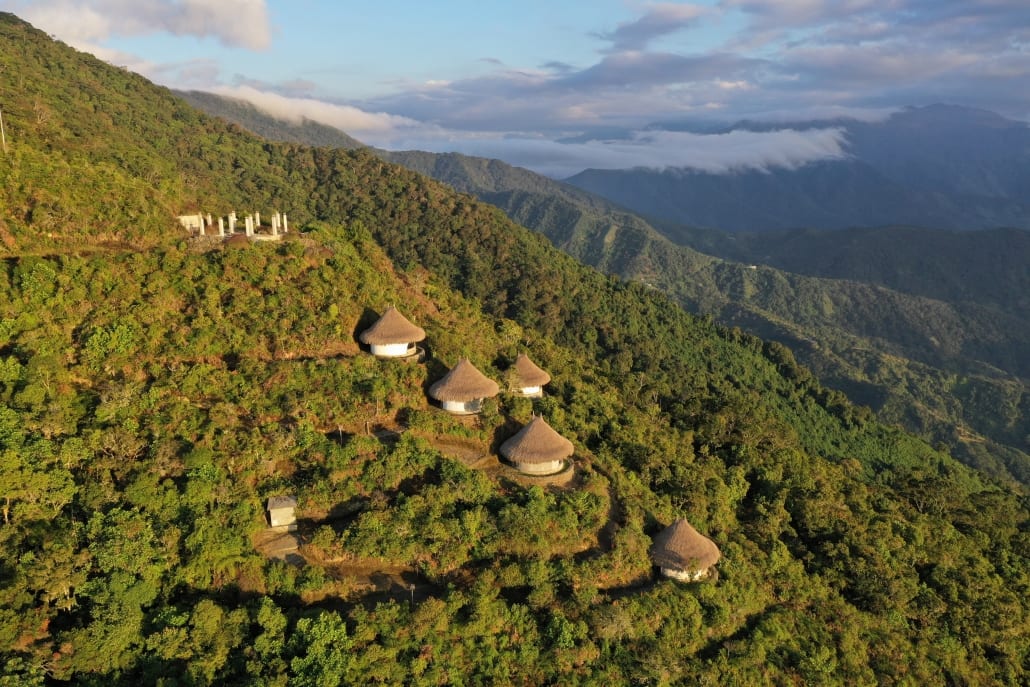
Cabins at the El Dorado Bird Reserve in the Sierra Nevada de Santa Marta. With the recent influx of development, conservation of these forests is especially important.
On a grander scale, we have to start talking about the importance of tropical mountain ecosystems. Because they’re cool and diverse, yeah, but mountains in the tropics are also some of the most threatened ecosystems. They’re facing habitat loss and development, like other tropical ecosystems. But they’re also more vulnerable to climate change — for species with narrow acceptable temperature ranges, a two-degree temperature change could be a massive upheaval of the norm.
But my overenthusiastic personal excitement over tropical mountain ecology and the species-habitat relationship may be too wonky for every audience. While my friends indulge me, that doesn’t mean everyone will. But you also have friends! And you might be (read: almost definitely are) less geeked-out about tropical mountain ecosystems. So it’s up to you to explain the importance of sites like the Sierra Nevada de Santa Marta in ways that people understand.
Because without you, these sites — often remote, often inaccessible and often far away — will disappear.
So do it in your own way! Write a skit! Draw a picture! Or, if you need help, I can get you started.
Try: “So imagine you’re a White-tailed Deer.”

